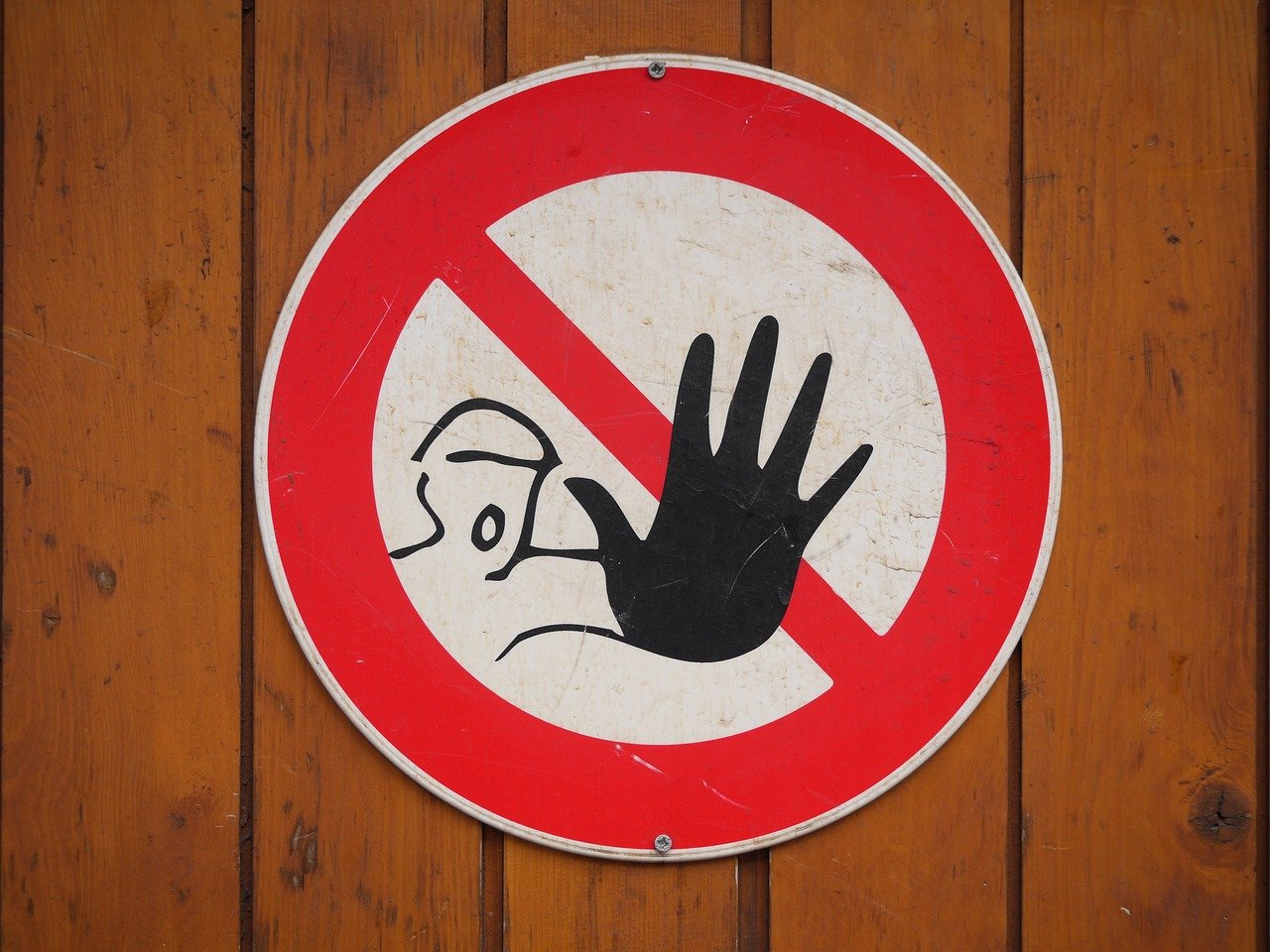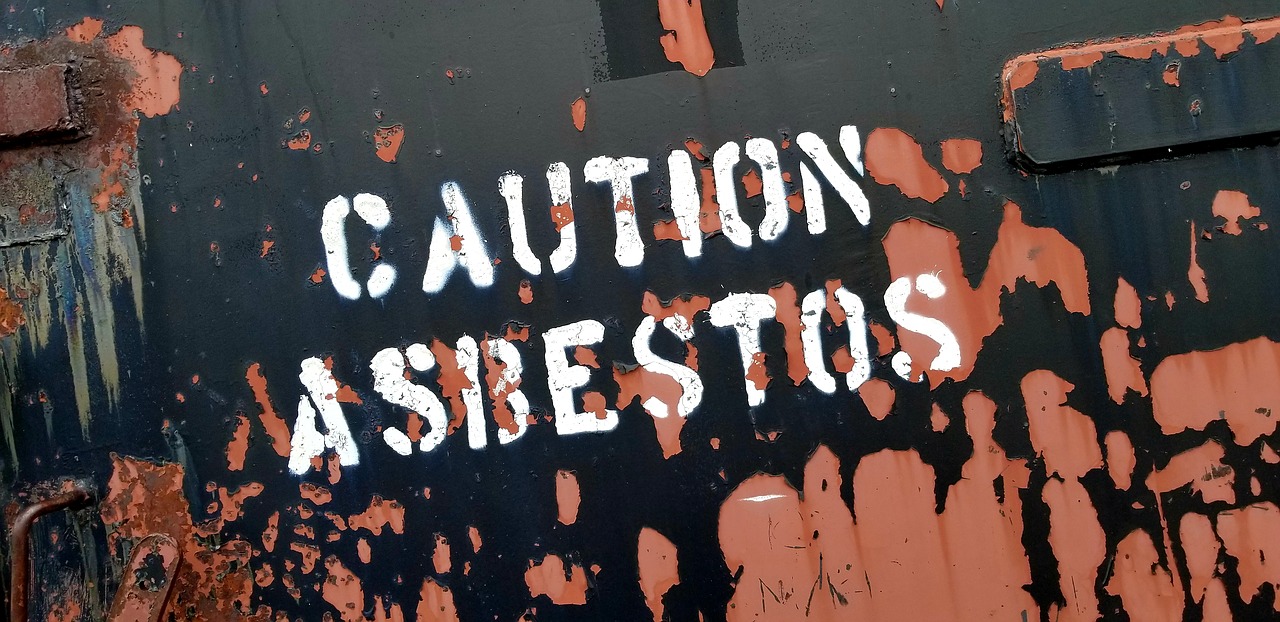
Whether you’re undertaking renovations, repairs, or demolition work, asbestos becomes a hot topic. So if you’re looking for ways on how to dispose of asbestos, you’ve come to the right spot.
Firstly, it’s important to note that asbesto is a natural mineral that was used in the manufacturing of thousands of products up until around the 1990s.
It was touted as a miracle product for its insulating and fire-retardant properties. It was also affordable, easy to mold, and suitable for everything from clothing and Christmas products to residential and industrial building materials.
But within decades, it became clear that this miracle product was anything but miraculous. Instead, we have come to uncover that it’s a highly dangerous substance that could cause cancer and a range of other unwanted health conditions.
How is Asbestos Dangerous?
The small fibers that make up this hazardous mineral are incredibly fine. When they are inhaled, they can become lodged in the lining of your heart, lungs, and abdomen.
As your body isn’t able to remove them, they can cause inflammation followed by mesothelioma, lung cancer, and asbestosis. However, these illnesses don’t appear straight away. Instead, they can take as long as 30 years or longer to present as a deadly illness. By that point, treatment options are angled more towards comfort rather than cure.
Every year, around 90,000 people die due to asbestos exposure – including secondary exposure. It’s banned in over 60 countries, but not the United States. It also continues to be the number one cause of work-related deaths and poses a risk to about 125 million people worldwide.
That’s why when the time comes to work on a building that contains either friable or non-friable asbestos, extreme care is required.
Asbestos Testing
If you live in a home built before 2000, it’s a good idea to carry out an asbestos test before beginning any renovations. Anything from its insulation to its wall, floor, or roofing materials could contain this harmful material.
In fact, even regarding sprayed or trowelled-on friable asbestos, as many as 192,000 buildings in a survey contained this specific asbestos type. This gives you an idea of its prevalence. Wiring, concrete, ceiling tiles, vinyl floor tiles, caulking – it’s almost impossible to escape in pre-2000 homes.
If you are concerned, an asbestos removal expert can come in, take a sample of the questionable material, and confirm or disprove its existence. If asbestos is found in that particular material, then it’s a good idea to bring in asbestos removal teams to take care of it safely.
How to Dispose of Asbestos
Once you have identified asbestos, the next step involves the process for its removal. There are several ways you can go about this. We recommend bringing in licensed, qualified asbestos removal experts who can not only remove it safely but dispose of it safely. But for the sake of options, we’ve included other disposal options below.
DIY Removal and Disposal
Some people decide to remove asbestos materials themselves. This is not something any professional agency recommends. However, if you are against bringing in the experts, there are plenty of safety sheets that outline how to go about it.
Make sure you wear gloves, a dust mask, a disposable outfit, boot coverings, and safety goggles. Avoid breaking the asbestos up as the dust particles are incredibly dangerous.
Once you have removed the asbestos from your property, double-wrap it in approved plastic bags. You will then need to check with your local authority regarding the appropriate disposal sites. A standard tip may not accept it or may only do so from a licensed contractor.
Some cities may also have a council-operated asbestos collection service. These come with quantity limitations and sometimes lengthy wait times.
Expert Removal
Given how dangerous this material is, a specialist asbestos removal contractor can be the best option for its safe disposal – even if you chose to remove it from your home by yourself.
These contractors abide by all safety standards and are licensed for this very job. By relying on experts, you can enjoy peace of mind that the asbestos is being handled and disposed of safely.
What’s more, by bringing in the experts, you can ascertain whether removal is your best option in the first place. If the asbestos is in good condition and not friable, a removalist may recommend encapsulation. This involves using a sealant to stop the fibers from becoming airborne.
Alternatively, they can undertake the removal process with the following steps:
-Turning off HBAC units and ceiling vents.
-Sealing off the worksite with sheeting.
-Using HEPA filter vacuums and wet cleanup tools.
-Using clearly marked and leak-tight containers for disposal.
During this process, asbestos removal technicians will wear coveralls and full-face mask respirators while also abiding by all decontamination protocols.
Why You Shouldn’t Dispose of Asbestos Yourself
While many people do dispose of asbestos themselves, federal-state guidelines can complicate the ease of doing so legally. The guidelines are designed to keep you and the general public safe. What’s more, they can change depending on where the asbestos is found.
Demolition and renovation projects can see The National Emissions Standards for Hazardous Air Pollutants come into play. While manufacturing, shipyard, and construction industries have to abide by all OSHA regulations.
Then there are additional EPA regulations that incorporate The Asbestos Worker Protection Rule, The Clean Air Act, and The Safe Drinking Water Act.
With these strict regulations in mind, it can reaffirm the idea that both removal and disposal of asbestos should be left in the capable hands of an expert.
So, What Do You Do Next?
While there’s nothing quite like a bit of DIY for a sense of accomplishment, it’s most certainly not recommended where asbestos is concerned. However, the problem still needs to be solved.
Before you begin renovations, find an asbestos removal company to carry out an asbestos test. If the presence of this dangerous mineral is confirmed, you can put the wheels in motion for those same experts to carry out the entire removal and disposal process.
You can then sit back, put your feet up, and get ready for all your wonderful renovations to take place post-removal.
If you have any questions about asbestos removal feel free to call us at 1-833-WE-DRY-IT or chat it up with us on our Facebook fan page.



